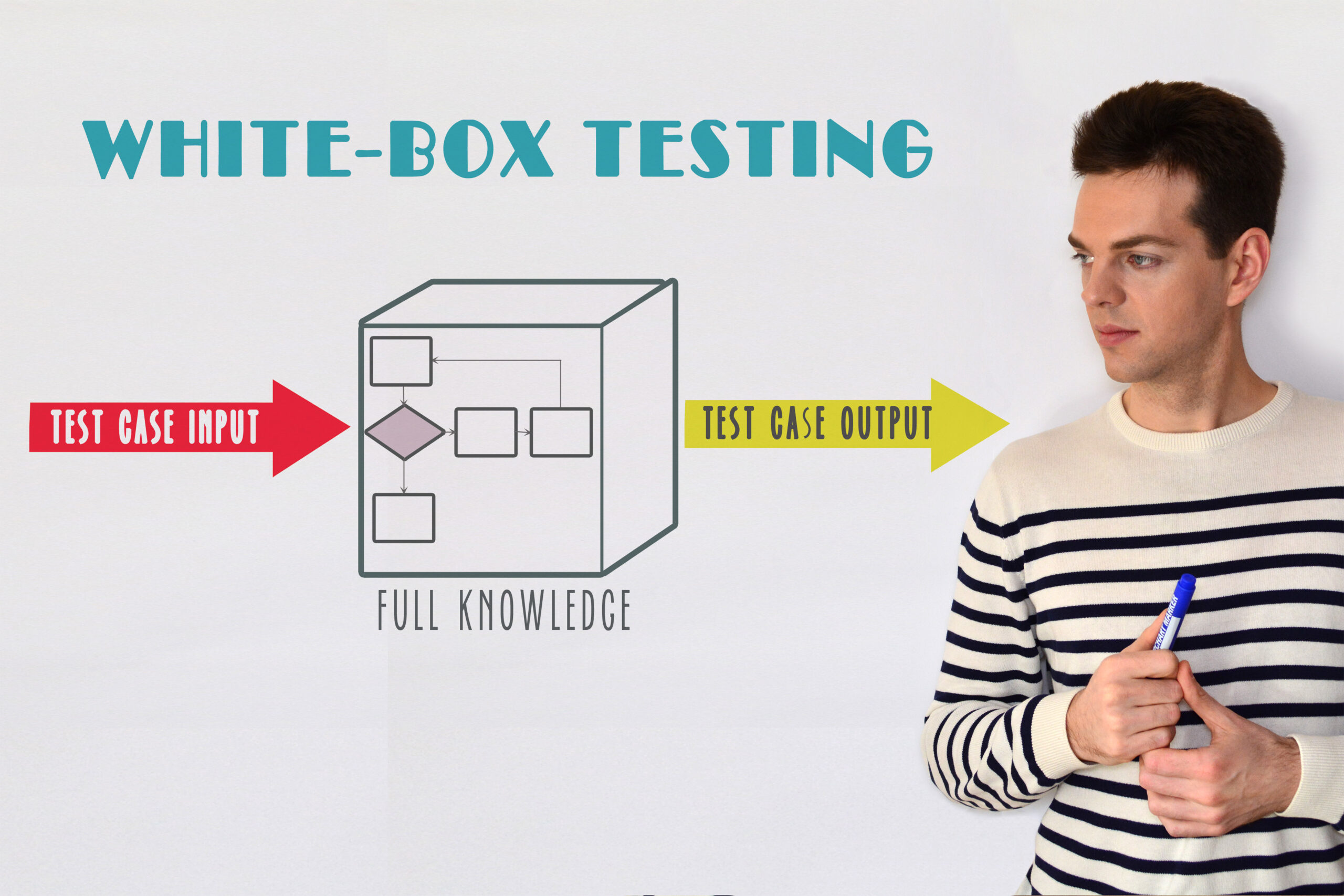- Email: info [at] cyber72.com
- 6767560 Tel Aviv, Israel

Last updated: Jan 21, 2024
In the ever-evolving landscape of the digital world, the importance of robust and reliable security systems has escalated rapidly. In the battlefield of cyberspace, cyber threats are the invisible enemy lurking in the corners, ready to attack at the most unexpected times. Here’s where the role of penetration testing, or pen testing as it’s commonly known, comes into play.
As a proactive approach to cybersecurity, pen testing involves simulating cyber attacks on a system to find vulnerabilities before malicious hackers do. But why would an organization want to attack its own system? The answer is simple: to uncover weaknesses and address them before the real attackers can exploit them. This makes pen testing a crucial aspect of any organization’s cybersecurity strategy.

Penetration testing has been around since the dawn of the computer era. It began as simple test cases, designed to find bugs in the code, and evolved into complex methodologies to identify vulnerabilities and test security measures. As the digital landscape expanded, so did the need for more rigorous and extensive penetration testing methods.
Over the years, these methods have evolved into two main types: black box and white box testing. These terms come from the world of software testing but have been adopted in the field of cybersecurity as well, owing to their similar testing approaches.
Black box testing and white box testing are the two faces of the same coin, each offering a unique perspective into system security. In black box testing, the tester is unaware of the system’s internal workings. This approach simulates an actual hacker attack, where the attacker has no prior knowledge of the system. It focuses on the output of the system in response to different inputs, testing the system from an outsider’s perspective.
White box testing, however, takes a radically different approach. Here, the tester is completely aware of the system’s internal workings. It’s akin to testing the system from the inside, offering a comprehensive view of the system’s security landscape. Each method has its unique advantages and plays a crucial role in creating a strong and robust security system.
Now that we have a basic understanding of penetration testing and its types, let’s delve into the specifics of white box penetration testing.
White box penetration testing, also known as clear box testing or transparent testing, is a deep and comprehensive dive into a system’s defense mechanism. The philosophy behind this approach is simple: To uncover the most vulnerabilities, you need to have the maximum visibility into the system. And what better way to achieve this than having complete access to the system’s internals?
White box testing involves analyzing the code, system architecture, databases, network configurations, and other critical components of a system. It includes testing from both the user’s perspective and the administrator’s perspective, offering a 360-degree view of the system’s security landscape.
In white box testing, the tester typically has access to source code, API documentation, system architecture diagrams, and other essential information. This complete access allows them to identify vulnerabilities that might go unnoticed in black box testing, making white box testing a more thorough and extensive method of penetration testing.
As we delve deeper into the realm of white box penetration testing, it’s crucial to understand why this testing method is so important.
Your digital infrastructure is your organization’s backbone. It’s what keeps your business running smoothly and efficiently. Any cracks in this backbone can lead to catastrophic consequences, disrupting your business operations and damaging your reputation. White box testing ensures that your digital infrastructure is strong and resilient, capable of withstanding cyber threats.
A significant benefit of white box testing is its ability to unearth hidden vulnerabilities. With the tester’s in-depth knowledge of the system, white box testing goes beyond surface-level checks. It probes deeper into the system, unearthing hidden flaws, weaknesses, and potential backdoors that might go unnoticed in a black box test. This deep-level insight aids in patching up these vulnerabilities, thereby fortifying your system’s defense.
In the realm of cybersecurity, being reactive is not enough. You need to stay a step ahead of the attackers, predicting potential attack vectors and securing them beforehand. This is where white box testing plays a crucial role. By simulating attacks on the system, it identifies weak points and offers insights into how an attacker might exploit them. This proactive approach allows you to bolster your security measures, ensuring that your system is prepared for any potential threats.
With the comprehensive insight that white box testing provides, it becomes easier to create a robust and holistic security strategy. You can identify the weak links in your security chain, understand how different components of your system interact with each other, and pinpoint potential areas of improvement. This comprehensive view of your security landscape helps in creating a security strategy that is not just strong but also aligned with your business goals.
Like any other cybersecurity measure, white box penetration testing is a process, a journey that involves multiple steps. These steps can be broadly categorized into pre-test planning, testing phase, and post-test analysis.
The pre-test planning phase is all about laying the groundwork for the test. It involves understanding the system, defining the scope of the test, gathering necessary information such as source code and system architecture diagrams, and setting up the testing environment.
This is where the actual action takes place. The testing phase involves simulating attacks on the system using various methods and tools. The goal is to identify as many vulnerabilities as possible, from the most apparent to the most hidden ones.
Once the testing phase is over, it’s time for post-test analysis. This phase involves analyzing the results, identifying vulnerabilities, and documenting them for future reference. It also involves providing recommendations for patching these vulnerabilities and improving the system’s overall security.
The cycle doesn’t end at post-test analysis. White box testing is an ongoing process, and each test is an opportunity to learn and improve. The feedback from each test should be used to enhance the next test, making it more effective and efficient. This constant feedback and improvement cycle ensure that your system’s security is always up to date and ready to face any challenges.
While white box penetration testing is an effective method to uncover vulnerabilities, it’s not without its challenges.
Some of the common challenges include managing the extensive amount of data that white box testing provides, finding the right expertise to conduct the tests, dealing with constantly evolving cyber threats, and maintaining an efficient feedback and improvement cycle.
The key to overcoming these challenges lies in a well-defined process, having the right expertise, using effective tools, and maintaining a constant learning and improvement culture.
As the world becomes more digitized, the importance of white box penetration testing will only increase. The future of white box testing lies in embracing new technologies like artificial intelligence and machine learning to make the tests more efficient and accurate.
Artificial intelligence can help automate the white box testing process, making it faster and more efficient. AI algorithms can also help in analyzing the massive amount of data that white box tests generate, extracting useful insights from it.
With the rising cyber threats, the demand for white box testing is only expected to grow. Organizations of all sizes are realizing the importance of proactive cybersecurity measures, and white box testing is a critical part of it.
To understand the real-world impact of white box testing, let’s look at a couple of case studies.
A global tech giant regularly conducted white box tests on their system. During one of these tests, they discovered a critical vulnerability that could have led to a major data breach. Thanks to white box testing, they were able to patch the vulnerability before it was exploited, saving them from potential data loss and reputational damage.
A startup in the fintech space was struggling with frequent cyber attacks. They decided to conduct a white box test on their system, which revealed several vulnerabilities. They used the insights from the test to strengthen their system, reducing the frequency of cyber attacks significantly.
White box penetration testing is a critical component of any robust cybersecurity strategy. It provides deep insights into a system’s vulnerabilities, helps in creating a proactive security approach, and enables organizations to stay one step ahead of the cyber threats. As technology evolves and cyber threats become more complex, the role of white box testing will only become more crucial.